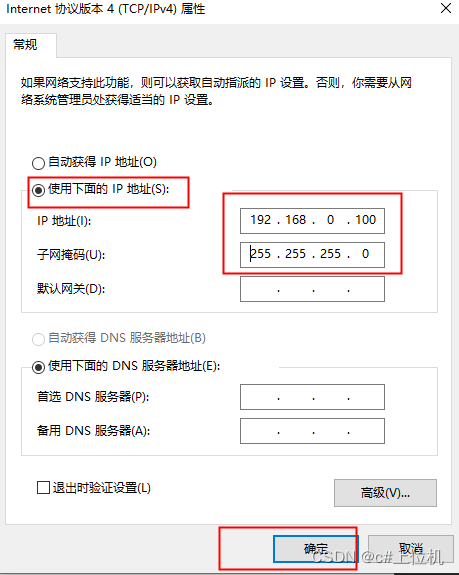欢迎关注个人主页:逸狼
创造不易,可以点点赞吗~
如有错误,欢迎指出~
目录
队列
队列的方法
队列方法使用举例
模拟实现队列
使用链表实现队列
使用数组实现队列
设计循环队列
双端队列
用队列实现栈
队列
只允许在一端进行插入数据操作,在另一端进行删除数据操作的特殊线性表,队列具有先进先出的特点
入队列:进行插入操作的一端称为队尾
出队列:进行删除操作的一端称为队头

队列的方法

注意:Queue是个接口,在实例化时必须实例化LinkedList的对象,因为LinkedList实现了Queue接口。
队列方法使用举例
public static void main(String[] args) {
Queue<Integer> queue=new LinkedList<>();
//入队列
queue.offer(1);//尾插
queue.offer(2);
queue.offer(3);
queue.offer(4);
//出队列
System.out.println(queue.poll());//头删
//瞄一眼
System.out.println(queue.peek());
System.out.println(queue.peek());
//判空
System.out.println(queue.isEmpty());
模拟实现队列
使用链表实现队列
入队列offer:使用链表的尾插法
出队列poll:使用头删法;
瞄一眼peek:直接返回头节点的值;
public class MyQueue {
static class ListNode{
public int val;
public ListNode prev;
public ListNode next;
public ListNode(int val){
this.val=val;
}
}
public ListNode head;
public ListNode last;
public void offer(int val){
ListNode node=new ListNode(val);
if(head==null){
head=last=node;
}else{
//尾插法
last.next=node;
node.prev=last;
last=last.next;
}
}
public int poll(){
if(head==null){
return -1;
}
int ret=head.val;
if(head.next==null){//只有一个节点
head=last=null;
}else{
//头删
head=head.next;
head.prev=null;
}
return ret;
}
public int peek(){
if(head==null){
return -1;
}
return head.val;
}
public boolean isEmpty(){
return head==null;
}
}使用数组实现队列
循环队列
last下标代表可以存放数据元素的下标
满和空的时候不一定是在0位置,也可能在其他位置
如何判断数组空还是满?
- 可以使用usedSize 表示数组中元素个数,数组空时:usedSize==0,满时:usedSize==数组长度
- 以标记的方式处理:boolean flag=false;
- 浪费一个空间,空时:last和first相遇,满时:last的下一个是first

设计循环队列
oj链接


下面代码是使用上面方法中的:第三种 ,浪费一个空间。
要注意的是这里的last和first往前走使用的公式是:last=(last+1)%数组长度,而不是last++
class MyCircularQueue {
public int[] elem;
public int first;//first和last默认是0位置,不用初始化
public int last;
public MyCircularQueue(int k) {
elem=new int[k+1];
}
//入队列
public boolean enQueue(int value) {
if (isFull()){
return false;
}
elem[last]=value;
last=(last+1)%elem.length;
return true;
}
//出队列
public boolean deQueue() {
if (isEmpty()){
return false;
}
first=(first+1)% elem.length;
return true;
}
//得到对头元素,但不删除
public int Front() {
if (isEmpty()){
return -1;
}
return elem[first];
}
//得到队尾元素,但不删除
public int Rear() {
if (isEmpty()){
return -1;
}
int index=(last==0)?
elem.length-1 :last-1;
return elem[index];//这里不能直接用last-1,可能会越界
}
public boolean isEmpty() {
return first==last;
}
public boolean isFull() {
return (last+1)% elem.length==first;
}
}双端队列
双端队列(deque)是指允许两端都可以进行入队和出队操作的队列,deque 是 “double ended queue” 的简称。 那就说明元素可以从队头出队和入队,也可以从队尾出队和入队。
两边都可以进出

Deque是一个接口,使用时必须创建LinkedList的对象。
public static void main(String[] args) {
Deque<Integer> queue= new LinkedList<>();//链式实现
queue.offerFirst(1);//头插
queue.offer(2);//默认是尾插
queue.pollFirst();//头删
Deque<Integer> queue2=new ArrayDeque<>();//线性实现
}上面两个类可以当作链表栈 使用,也可以当作 队列 使用




















